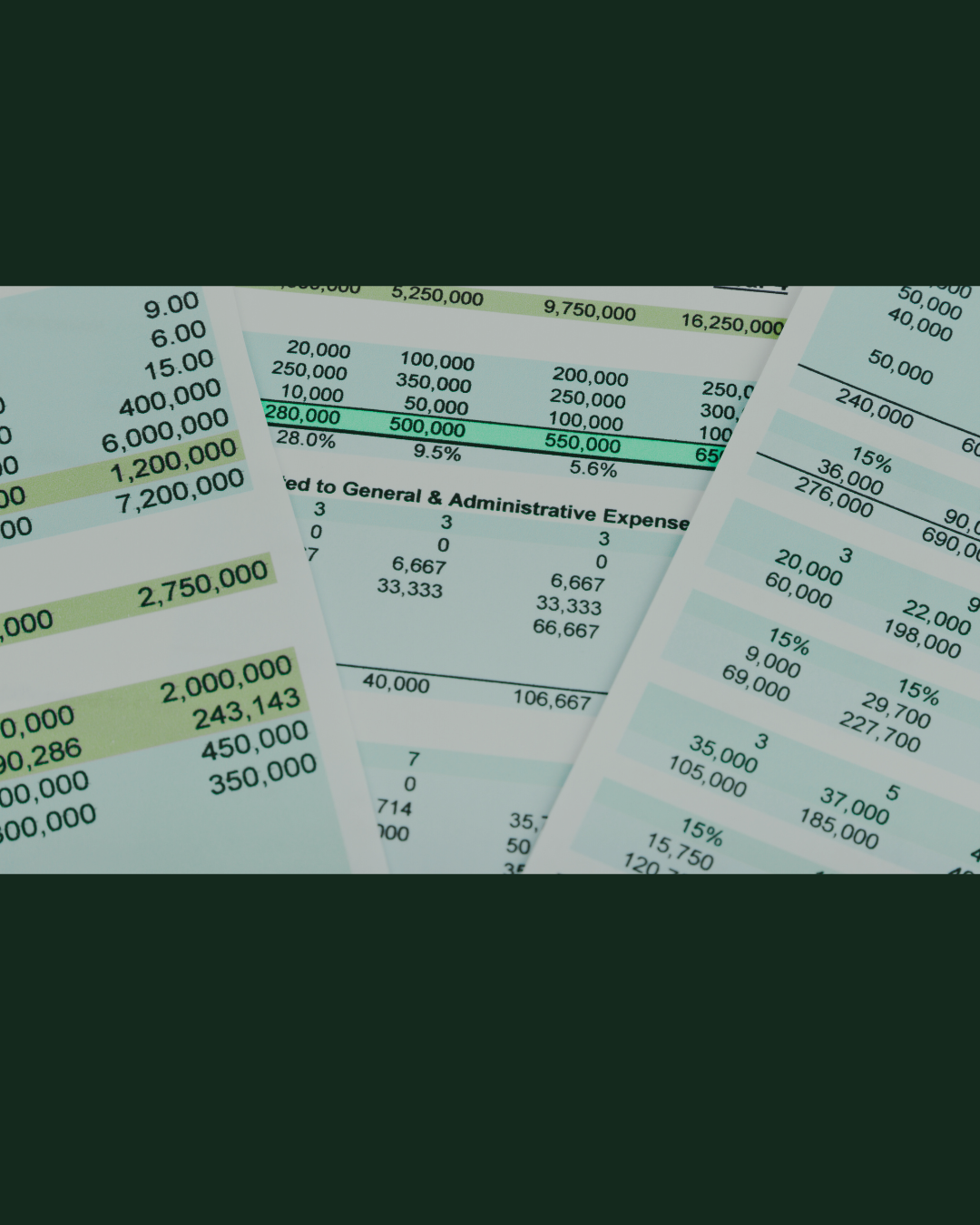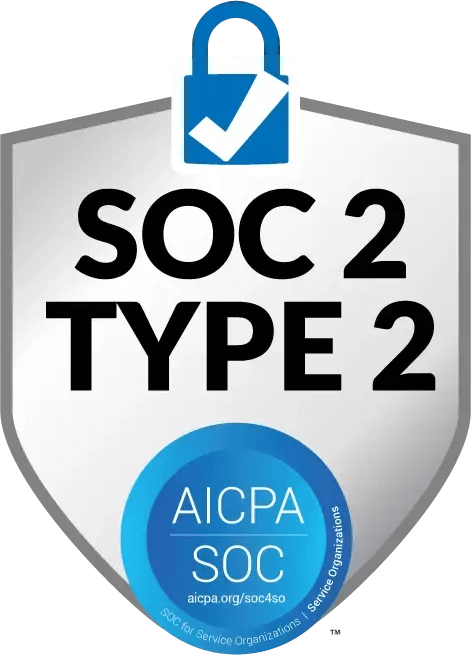The Builder’s Guide to Categorizing Overhead vs. Job Costs
If your job costs and overhead are blended together, your financials are lying to you. Get clear on what belongs where, and your margins will thank you.



Contents
One of the most common mistakes in construction accounting? Mixing up overhead and job costs. And while it might seem like a harmless accounting detail, it’s a mistake that can tank your margins, screw up your pricing, and make your WIP reports completely unreliable.
If you want to understand your true profitability and price your jobs with confidence, you need to get this right.
Here’s your no-fluff guide to separating overhead from job costs in a way that actually works.
First, Let’s Define the Two
Job Costs = Direct costs tied to a specific project.
These are expenses that wouldn’t exist if the job didn’t exist.
Examples:
- Labor and subs (if they’re tracked per job)
- Materials and supplies
- Equipment rentals used solely on that job
- Permits, inspections, dumpsters
- Job-specific travel, supervision, and temporary utilities
Overhead = Ongoing business costs that support all jobs (and your company in general).
These stay on your books whether you're building one house or twenty.
Examples:
- Office rent and admin salaries
- Software and insurance (general liability, GL, etc.)
- Phones, internet, and utilities
- Marketing and sales
- Tools and equipment not tied to one job
- Owner salary (if not billed to jobs)
Why It Matters
When overhead costs get lumped into job costs (or vice versa), you get:
- Inaccurate gross margin by job
- Misleading WIP reports
- Undependable estimating data
- Bad decisions about pricing, staffing, and scaling
It also affects how you price future jobs. If your historical data shows inflated costs (because of overhead misallocation), you may end up underbidding or overpricing the wrong things.
Builders scaling without knowing their real gross margin often find themselves busy… but barely profitable.
How to Categorize Accurately
- Use clear cost codes for overhead vs. job costs
- Job costs should be coded per project
- Overhead should be tracked to a separate “Overhead” or “Admin” job, not buried in the job ledger
- Don’t guess- Set rules
- If a cost is shared across multiple jobs (e.g. a trailer), consider splitting it or treating it as overhead
- If it’s something that can be billed to a client or reimbursed, it’s usually a job cost
- Review your chart of accounts quarterly
- Clean up junk codes and consolidate where needed
- Ensure you’re not duplicating costs or misclassifying repeat expenses
- Involve your bookkeeper or accountant
- Don’t DIY your cost structure if you’re unsure—ask someone who’s done it in construction-specific accounting
A Quick Rule of Thumb
If it follows the job, it’s a job cost.
If it keeps the lights on, it’s overhead.
Bonus Tip: How Adaptive Helps
In Adaptive, you can clearly tag expenses as job-related or overhead, assign them by cost code, and build accurate job-level P&Ls and company-wide margin views. That means no more guesswork, and no more surprise losses.


Ready for crystal clear financials without the headache?
Let us show you how Adaptive's AI-powered construction financial management software works in a brief 30 minute demo with someone from our team.







